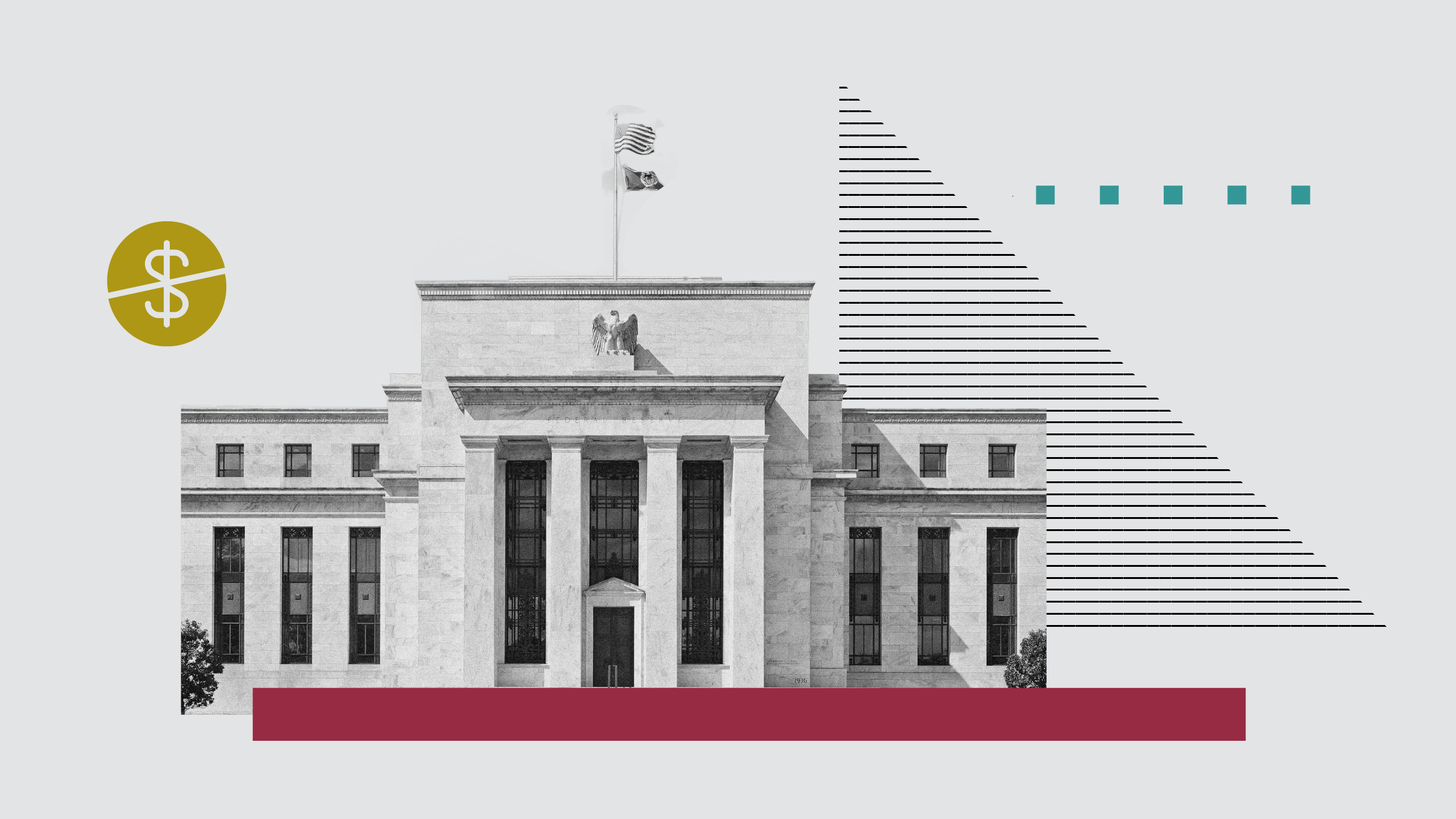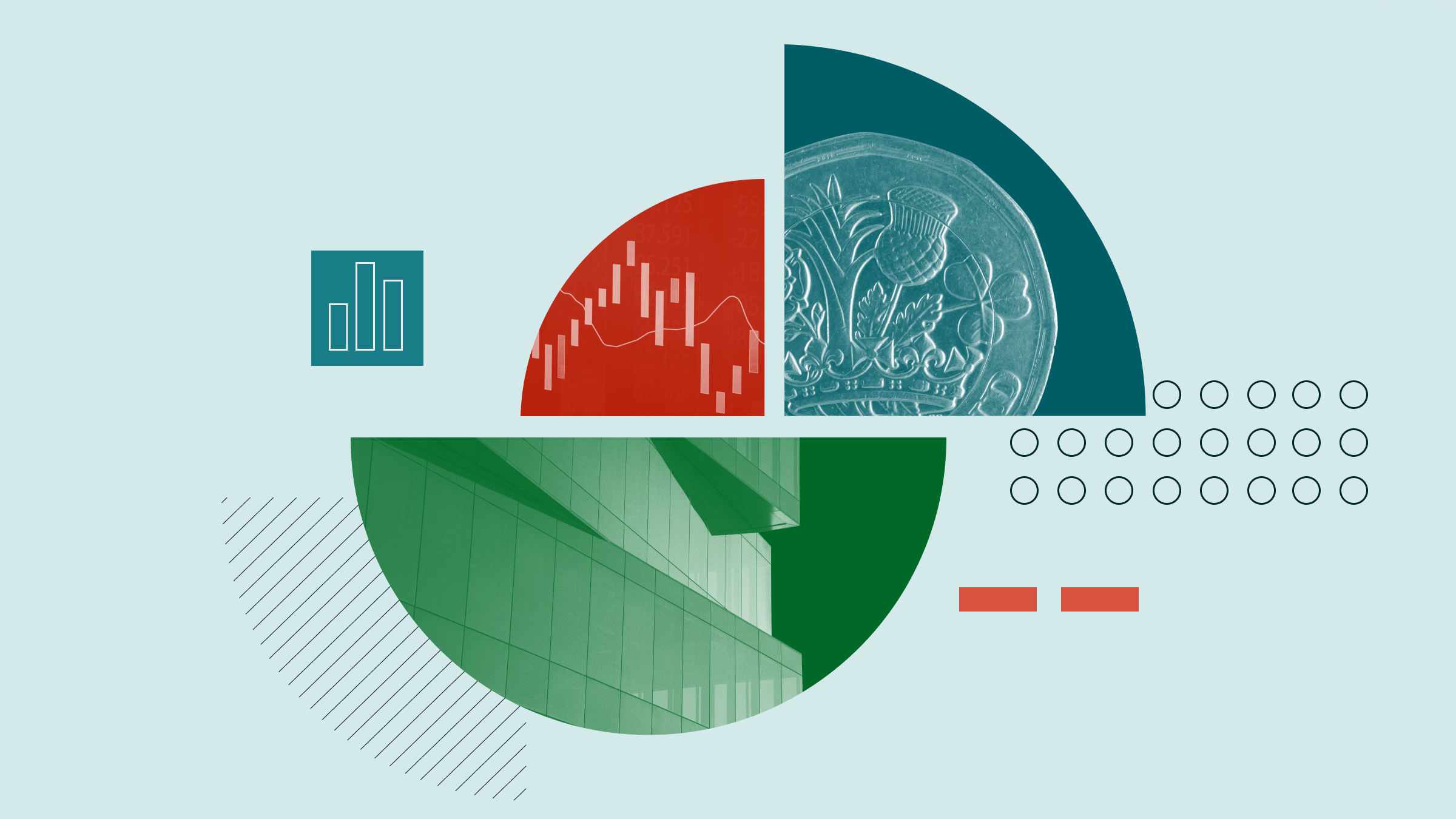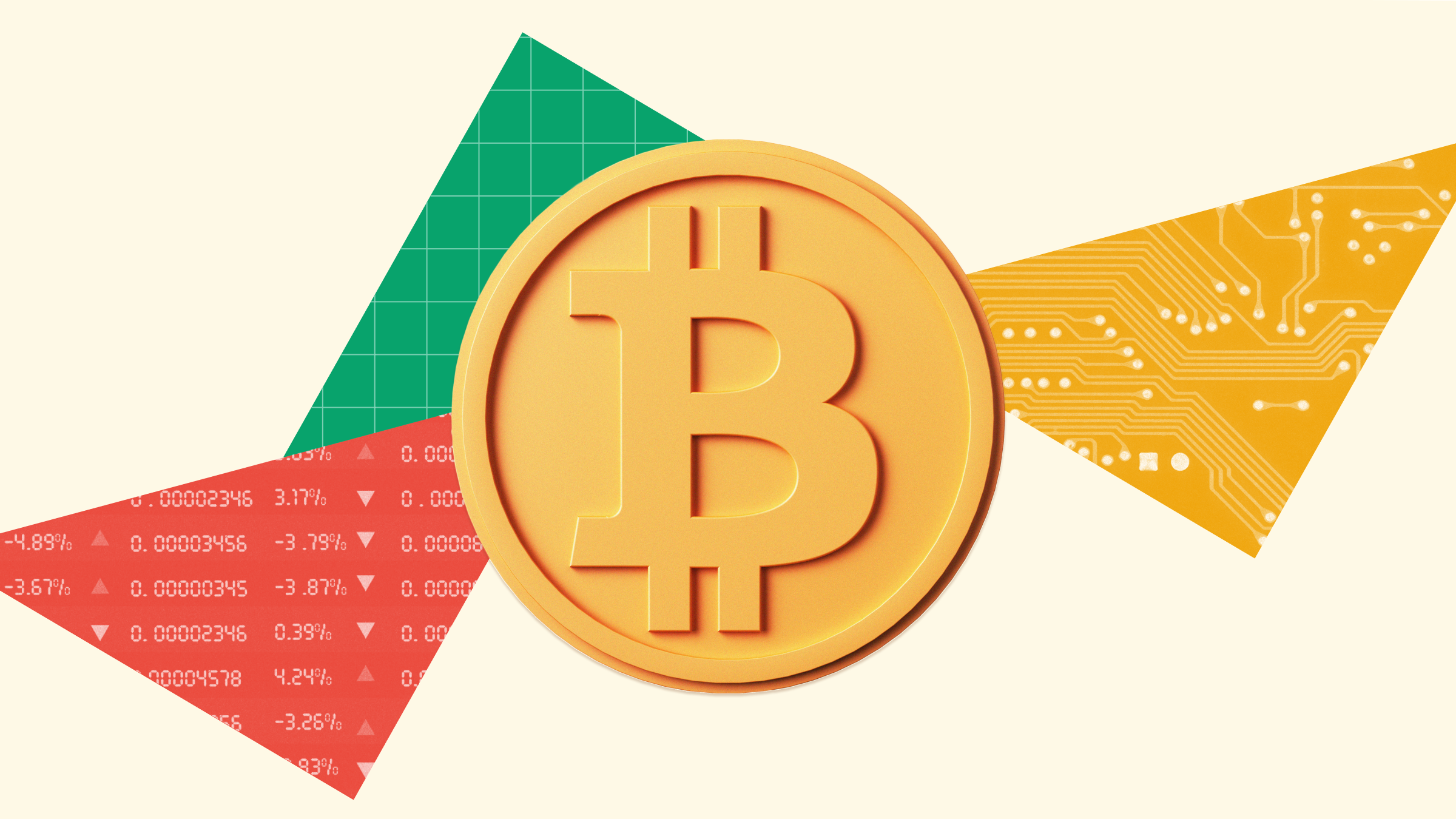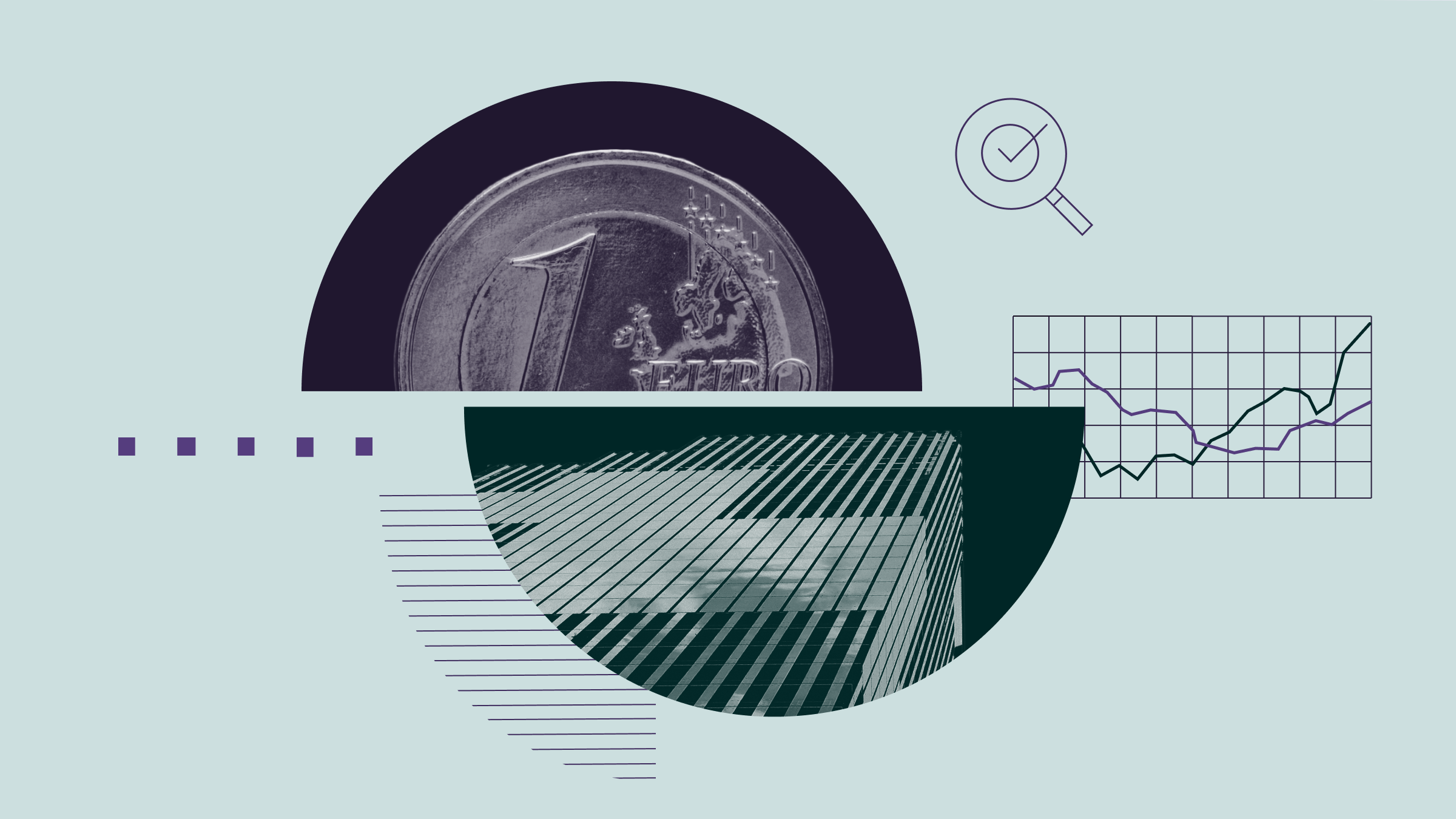
Investors awaiting interest rate cuts from the Federal Reserve in the next few months may be sorely disappointed.
A resilient job market, healthy economic growth, and high consumer demand point to an economy that’s in “an incredibly strong position,” explains PIMCO economist Tiffany Wilding. At the same time, inflationary pressures are proving to be stickier than Fed officials would hope.
To top it all off, Wilding says, “We’re coming into this period of elevated government policy uncertainty” from the Trump administration. The impact of new policies like tariffs on inflation and growth is still widely unknown. Analysts say that’s a recipe for an extended pause on interest rates. Bond futures markets now expect just one rate cut in 2025, while one Wall Street giant is predicting the central bank is finished cutting rates altogether for this cycle.
Fed Interest Rate Cuts on Hold for Now
After raising its benchmark interest rate to a target range of 5.25%-5.50% in its fight against decades-high inflation in 2022 and 2023, the Fed dropped it by a full percentage point over the course of three meetings at the end of 2024. Officials then opted to leave rates steady at a range of 4.25%-4.50% at their most recent meeting in January, citing solid labor market conditions and inflation remaining “somewhat elevated.”
Where does the Fed go from here? “For the next couple of meetings, the incentive for the Fed is to be in wait-and-see mode,” says Simon Dangoor, head of Fixed Income Macro Strategies at Goldman Sachs Asset Management. “That combination of better growth, inflation being moderately above target—and perhaps not having quite the downward momentum that we would expect—and this policy uncertainty means the Fed is going to be on the sidelines for now."
Fed Chair Jerome Powell has echoed that sentiment. “With our policy stance now significantly less restrictive than it had been and the economy remaining strong, we do not need to be in a hurry to adjust our policy stance,” he told lawmakers on Capitol Hill on Tuesday.
US Treasury Yield and Federal-Funds Rate
Treasury Yield and Federal-Funds Rate
undefined
Source: Federal Reserve Economic Database.
US Inflation Remains Sticky While the Labor Market Holds Up
Economic data released after the most recent Fed meeting has only added to the picture of a healthy economy with stubborn inflation.
Inflation as measured by the Consumer Price Index in January rose 0.5% on a monthly basis and 3.0% on an annual basis. That was significantly higher than economists expected, though most were careful to characterize the report as a sign that progress toward lowering inflation is slowing, not that inflation is poised for a meaningful reacceleration.
CPI vs. Core CPI
CPI vs. Core CPI
undefined
Bureau of Labor Statistics.
Still, the data sent stocks lower and bond yields higher as markets digested the unwelcome news. “Some benefit of the Fed easing had been built into markets,” explained Dominic Pappalardo, chief multi-asset strategist at Morningstar Investment Management. He characterized the market’s reaction as an “unwinding of that optimism.”
Underpinning the Fed’s inclination to hold steady is a robust labor market, according to analysts. Many data points suggest higher rates have not yet damaged the employment situation in the United States. The January Nonfarm Payrolls Report showed that the US economy is adding jobs at a healthy clip, while the unemployment rate remains relatively low.
Monthly Payroll Change
Monthly Payroll Change
undefined
Source: Bureau of Labor Statistics.
Breathing Room for the Fed
Fed officials have wiggle room to wait for more data. “They’re going to be patient at this point, given that the economy doesn’t need them to act,” says Vishal Khanduja, head of the broad markets fixed income team at Morgan Stanley Investment Management.
Analysts say that absent further inflation cooling or a dramatic slowdown in the labor market, the Fed can keep waiting. And looking beyond the intraday jitters in equity and fixed income, markets appear to be weathering the uncertainty, too. The Morningstar US Market Index is up 4.3% since the start of the year.
“The market can wait and see as long as it’s getting good growth data,” says Dangoor. Some of that resilience comes from the confidence that the Fed will not hesitate to ease policy should the picture change. “I think the market will find the Fed is willing to move down in rates if it [sees] weakness” in economic data, he says.
US Government Policy Remains Uncertain
Complicating the picture is the policy landscape in Washington. The Trump administration sent ripples through global markets earlier this month when it announced new tariffs on goods from US trading partners. Analysts generally agree that these policies could have an inflationary impact on the economy, but it’s too soon to determine the magnitude of that impact. Hotter inflation over time would raise the bar for rate cuts at the Fed even further. Economists say other policies, like tighter immigration rules, could slow the growth of the labor market.
With the Fed on hold for now, Khanduja says he expects developments in fiscal policy to take a front seat for investors over the next quarter or two.
Markets Expect Fewer Rate Cuts
The unwinding of rate cut optimism is playing out in bond futures markets, where expectations about the path of Fed policy are baked into trading activity.
A month ago, bond futures traders saw a roughly 23% chance that the Fed would cut rates by a quarter of a percentage point in March, according to the CME FedWatch Tool. Today, those odds have dwindled to 2.5%. Overall, markets are pricing just one more 0.25-percentage-point cut for the remainder of 2025, compared with expectations for six or even seven rate cuts late last summer. At the end of 2024, markets were expecting about two cuts.
Federal-Funds Rate Target Expectations for March 19, 2025 Meeting
Federal-Funds Rate Target Expectations for March 19, 2025 Meeting
undefined
Source: CME FedWatch Tool.
Most analysts expect that single cut to come in the second half of the year, if it comes at all. Some Wall Street prognosticators have suggested this policy easing cycle could be finished, meaning investors shouldn’t expect any more cuts this year.
“The pickup in January inflation leaves us confident that the Fed cutting cycle is over,” wrote Bank of America economists in a note to clients on Friday. They add that an uncertain political landscape also favors an extended pause. “The bottom line is that the Fed has no reason to cut further.”
Other analysts are looking for two cuts in the second half of 2025, in line with the Fed’s forecasts released after its December meeting. Wilding advocates for caution around these predictions: “You have to be a little bit careful about that forecast, given the height of the uncertainty we’re in because of policy pivots.”
Could the US Fed Raise Interest Rates in 2025?
If economic conditions remain relatively steady, most analysts don’t see a rate hike from the Fed as a likely scenario. But if the economic picture changes, so too will the outlook for the central bank.
“Under most scenarios, the bar to the Fed hiking rates is quite high,” Dangoor explains. He says central bankers would need to see a “meaningful retightening of the labor market, combined with some pickup in momentum in inflation, not just stickiness.”
Pappalardo adds that more sticky CPI data like January’s would make it increasingly difficult for the Fed to cut rates at all, and could “possibly bring rate hikes back into play in a worst-case scenario.”
The author or authors do not own shares in any securities mentioned in this article. Find out about Morningstar's editorial policies.




























